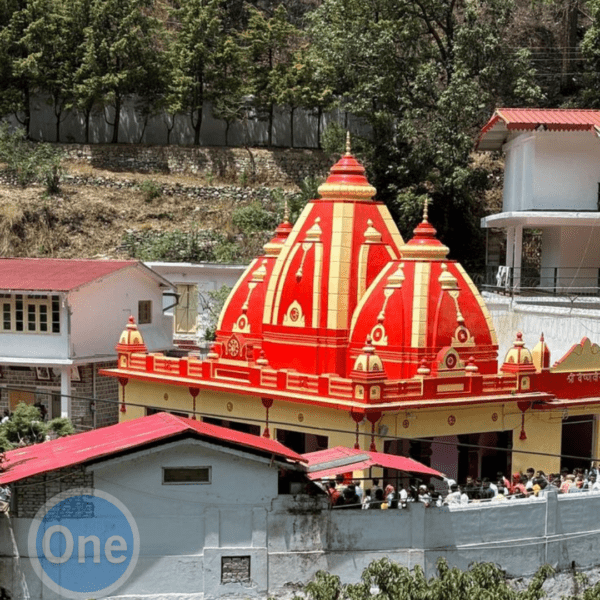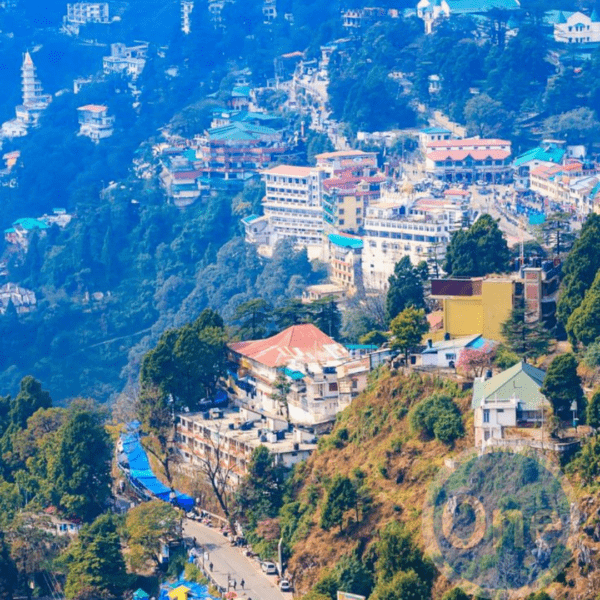The Mythological Significance of Kedarnath in Hinduism
Kedarnath, nestled in the Garhwal Himalayas of Uttarakhand, India, is one of the most revered pilgrimage sites in Hinduism. This sacred abode of Lord Shiva is not only known for its breathtaking landscape but also for its deep-rooted mythological significance. The temple, one of the twelve Jyotirlingas, holds a special place in the hearts of devotees and spiritual seekers. Its legends, associations with the Mahabharata, and connection to cosmic energies make Kedarnath an unparalleled spiritual destination.
The Legend of Kedarnath and the Pandavas
The most well-known mythological tale associated with Kedarnath is linked to the Pandavas from the epic Mahabharata. After the great Kurukshetra war, the Pandavas were burdened with guilt for killing their own kin. Seeking liberation from their sins, they approached Lord Shiva for his divine blessings. However, Shiva, displeased with the destruction caused by the war, avoided them and took the form of a bull (Nandi) to remain hidden in the Himalayas.
When the Pandavas reached the present-day Kedarnath, Shiva, in his bull form, attempted to disappear into the earth. Bhima, the strongest of the Pandavas, recognized Shiva’s presence and tried to stop him by grabbing the bull’s tail and hind legs. However, the bull’s body disappeared, leaving only its hump above the ground. This hump is worshipped in the Kedarnath temple today. The remaining body parts appeared at four other places, forming the Panch Kedar temples: Tungnath (arms), Rudranath (face), Madhyamaheshwar (stomach), and Kalpeshwar (hair and head). Worshipping at these shrines is considered highly auspicious, as it is believed to grant devotees ultimate salvation (moksha).
Kedarnath as a Jyotirlinga
Kedarnath is one of the twelve Jyotirlingas, which are considered to be the most sacred manifestations of Lord Shiva. These Jyotirlingas are self-manifested (swayambhu) and represent Shiva’s infinite and all-encompassing power. The existence of Kedarnath as a Jyotirlinga enhances its spiritual significance, as it is believed that those who visit and worship here attain liberation from the cycle of birth and death.
According to the Shiva Purana, each Jyotirlinga is a representation of Shiva’s supreme consciousness, and Kedarnath, in particular, is associated with the divine energy of liberation. It is said that Lord Shiva resides here as the “Lord of Kedar,” protecting devotees from worldly sufferings and guiding them towards spiritual enlightenment.
The Kedarnath Temple’s Origins and Architectural Grandeur
The origins of the Kedarnath temple are shrouded in legends. While Adi Shankaracharya is credited with reviving the temple in the 8th century CE, it is believed that the temple existed even before his arrival. The temple is an architectural marvel, built using massive stone slabs without any mortar, showcasing the ancient wisdom and engineering skills of Indian civilization.
Despite being located in an extremely challenging environment with harsh weather conditions, the temple has withstood the test of time. One of the most astonishing aspects of Kedarnath’s history is how it remained unscathed during the devastating 2013 Uttarakhand floods, while much of the surrounding area was destroyed. Devotees believe this was a divine intervention, reinforcing the sanctity and mystical power of the temple.
Kedarnath and Cosmic Energy
Hindu spiritual beliefs suggest that Kedarnath is located at a point of powerful cosmic energy. The temple is situated on the banks of the Mandakini River, at an altitude of approximately 3,583 meters (11,755 feet) above sea level. This unique geographical positioning is believed to enhance the spiritual vibrations of the place, making it an ideal destination for meditation and self-realization.
Many yogis and sages have meditated in the region, drawn by the temple’s energy and its ability to elevate consciousness. It is said that Adi Shankaracharya attained Samadhi (final liberation) near the Kedarnath temple, further cementing its importance as a center of divine consciousness.
The Spiritual Journey to Kedarnath
The journey to Kedarnath is not just a physical trek but also a metaphor for a devotee’s spiritual quest. Pilgrims undertake a rigorous trek of about 16 kilometers from Gaurikund to reach the temple, symbolizing their determination to seek divine blessings. The harsh weather, high altitude, and rugged terrain test the devotee’s endurance, reflecting the challenges one must overcome on the path to spiritual enlightenment.
The yatra (pilgrimage) to Kedarnath is considered to cleanse past karmas, strengthen one’s devotion, and bring inner peace. Pilgrims often chant “Har Har Mahadev” as they ascend the mountain, reaffirming their faith in Lord Shiva’s grace.
Conclusion
Kedarnath is more than just a temple; it is a gateway to divine consciousness and spiritual transformation. Its mythological significance, association with the Pandavas and Lord Shiva, status as a Jyotirlinga, and connection to cosmic energies make it a sacred place that attracts millions of devotees every year. Whether one seeks spiritual liberation, penance, or simply a connection with the divine, Kedarnath remains an eternal beacon of faith and devotion in Hinduism.










